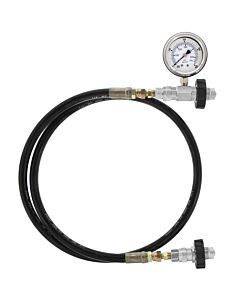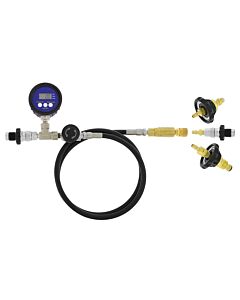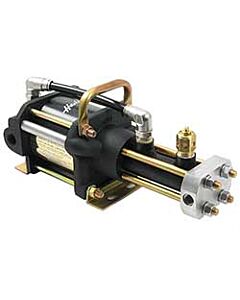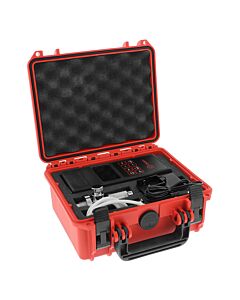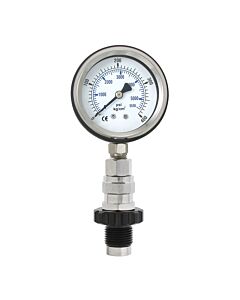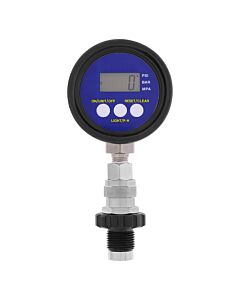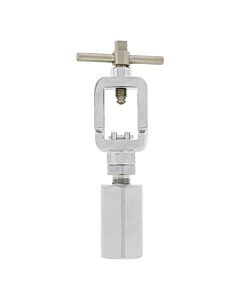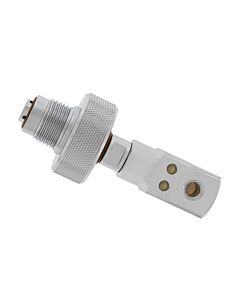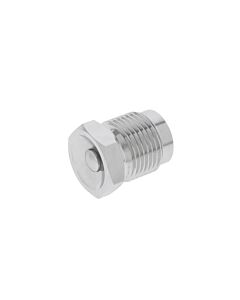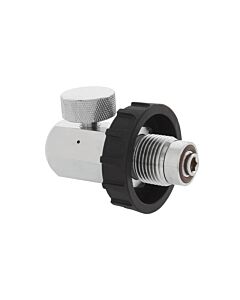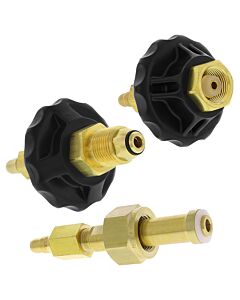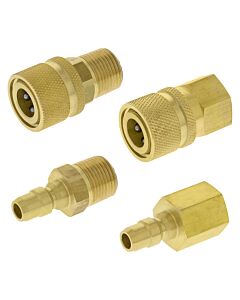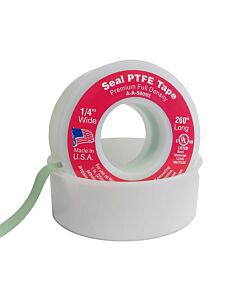Blending and Transfill
-
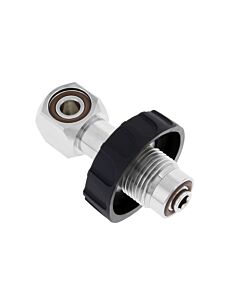 DGX Yoke-to-DIN Fill Adapter$30.00
DGX Yoke-to-DIN Fill Adapter$30.00 -
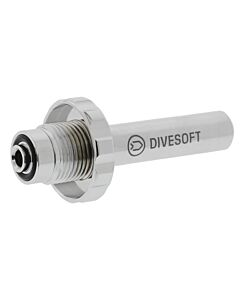 Divesoft Tank Silencer$49.00
Divesoft Tank Silencer$49.00 -
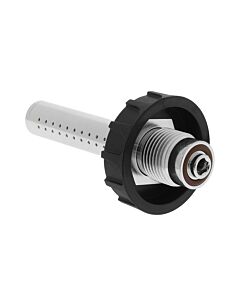 DGX Tank Muffler$39.00
DGX Tank Muffler$39.00 -
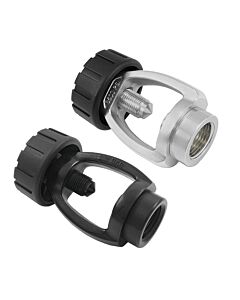 DIN-to-Yoke Spin-on Adapter$25.00
DIN-to-Yoke Spin-on Adapter$25.00 -
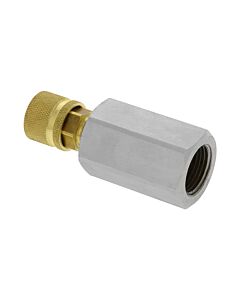 SCUBA DIN Female with QD Female$129.00
SCUBA DIN Female with QD Female$129.00 -
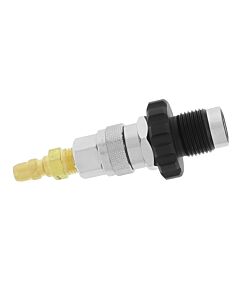 SCUBA DIN Male with QD Stem$79.00
SCUBA DIN Male with QD Stem$79.00 -
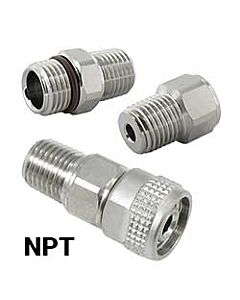 NPT to Scuba Adapters *$0.00
NPT to Scuba Adapters *$0.00 -
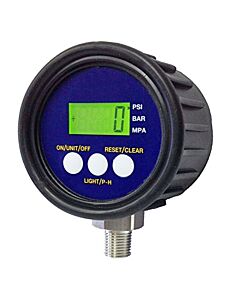 DGX Digital Gauge 5000 PSI$159.00
DGX Digital Gauge 5000 PSI$159.00 -
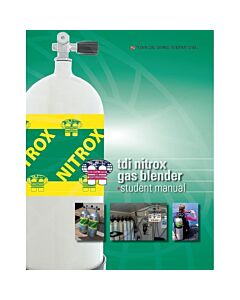 TDI Nitrox Gas Blender$40.00
TDI Nitrox Gas Blender$40.00 -
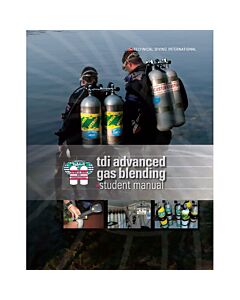 TDI Advanced Gas Blending$40.00
TDI Advanced Gas Blending$40.00
 WARNING
WARNING
You must meticulously follow the recommendations of the US Department of Transportation (DOT), Compressed Gas Association (CGA), and other federal/state/local agencies, plus your training agency for equipment maintenance, handling, storage, labeling, filling, transport and use of compressed gases. Ultimately, you must make the final decision to assume all risks associated with the use of any compressed gases.
Z Factors for SCUBA
Cylinder volume is defined by the internal dimensions of the tank, and normally measured in cubic inches or liters of water. Free capacity is defined by the amount of breathing gas released at the surface that the scuba tank will hold at its maximum rated service pressure. Determining the true free capacity from the water volume is troublesome because not everybody does their math quite the same way when converting water volume to free capacity. In fact, many tanks actually hold as much as 10% LESS air than the size commonly used to describe them and up to 20% LESS for gases other than air.
The easiest method to determine the true gas capacity of SCUBA cylinders is to use the Compressibility Factor (Z). To calculate true capacity, divide the ideal capacity by the Z Factor obtained from the table below. See our article Calculating SCUBA Cylinder Capacity for more information on how to make these easy calculations. This table is arranged so that interpolation is possible for most pressures and mixtures. Just because this table lists Z Factors at higher pressures doesn't mean you can or should fill tanks to that pressure, especially with pure oxygen.
| Gas Mixture Common Name † |
2015 psig 70°F |
2640 psig 70°F |
3000 psig 70°F |
3442 psig 70°F |
3600 psig 70°F |
207 bar_g 15°C |
232 bar_g 15°C |
300 bar_g 15°C |
|---|---|---|---|---|---|---|---|---|
| Nitrox 50 (deco) |
≈ 0.9773 | ≈ 0.9897 | ≈ 1.0007 | ≈ 1.0178 | ≈ 1.0248 | ≈ 0.9938 | ≈ 1.0077 | ≈ 1.0575 |
| Nitrox 32 | ≈ 0.9912 | ≈ 1.0080 | ≈ 1.0214 | ≈ 1.0412 | ≈ 1.0491 | ≈ 1.0153 | ≈ 1.0316 | ≈ 1.0868 |
| air (dry) | ≈ 0.9984 | ≈ 1.0173 | ≈ 1.0320 | ≈ 1.0532 | ≈ 1.0615 | ≈ 1.0263 | ≈ 1.0438 | ≈ 1.1020 |
| Trimix 21/35 (normoxic) |
≈ 1.0636 | ≈ 1.0901 | ≈ 1.1066 | ≈ 1.1280 | ≈ 1.1359 | ≈ 1.1065 | ≈ 1.1243 | ≈ 1.1764 |
| Trimix 18/45 | ≈ 1.0736 | ≈ 1.1010 | ≈ 1.1176 | ≈ 1.1389 | ≈ 1.1467 | ≈ 1.1185 | ≈ 1.1362 | ≈ 1.1869 |
| Trimix 10/50 (aka Heliair) |
≈ 1.0784 | ≈ 1.1064 | ≈ 1.1233 | ≈ 1.1446 | ≈ 1.1524 | ≈ 1.1246 | ≈ 1.1423 | ≈ 1.1927 |
| Trimix 15/55 | ≈ 1.0798 | ≈ 1.1075 | ≈ 1.1241 | ≈ 1.1449 | ≈ 1.1524 | ≈ 1.1256 | ≈ 1.1429 | ≈ 1.1918 |
| Trimix 10/70 (hypoxic) |
≈ 1.0833 | ≈ 1.1104 | ≈ 1.1262 | ≈ 1.1458 | ≈ 1.1529 | ≈ 1.1284 | ≈ 1.1448 | ≈ 1.1902 |
| oxygen (pure) |
≈ 0.9387 | ≈ 0.9383 | ≈ 0.9424 | ≈ 0.9515 | ≈ 0.9558 | ≈ 0.9328 | ≈ 0.9400 | ≈ 0.9738 |
| helium (pure) |
≈ 1.0668 | ≈ 1.0869 | ≈ 1.0985 | ≈ 1.1125 | ≈ 1.1175 | ≈ 1.1008 | ≈ 1.1126 | ≈ 1.1445 |
† This Z Factors table was prepared using the NIST REFPROP database and software, version 10. For calculation purposes, the gases were defined to be pseudo-pure air (dry), Nitrox mixtures (O2, balance N2) and Trimix (O2, Helium, balance N2) mixtures composed of the stated percentages on a molar basis and all without the trace gases or contaminates typically found in the breathing gases used for SCUBA. That means these perfect gas Z Factors would be a little different for the stuff in your tank, but not enough to be significant.
